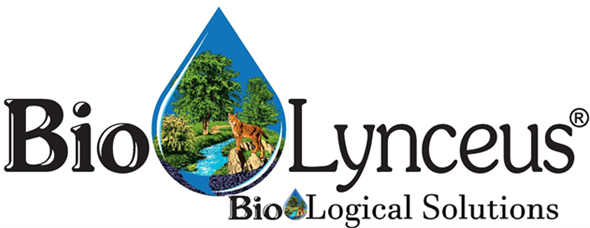- Less costly and efficient alternative to the currently accepted expensive methods of mechanical remediation and reclamation.
- Restores oil and sodium saturated soil and water
- Stimulates the breakdown of biodegradable contaminates in soil and water.
- Stimulates a productive ecological cycle.

- Reduces the TPH (Total Petroleum Hydrocarbons) contamination levels in soil and water.
- Reduces the BTEX (Benzene, Toluene, Ethylbenzene, Xylenes) contamination levels in soil and water
- Balances PH levels.
- Increase microbial activity.

- Reduces sludge in municipal waste treatment facilities.
- Increases aerobic activity in ponds and wastewater lagoons.
- Reduces sludge in industrial waste streams and wastewater lagoons including refineries.
- Reduces Hydrocarbon contaminations in ground water.
- Can be used as an insitu remediation solution to soil and water contamination
- Environmentally friendly
- Reduces buildup of solids in collection and trunk lines
